What is Uterine Scarring
Intrauterine adhesions, also known as synechiae or scar tissue, are bands of fibrous scar tissue that form within the uterus. Scar tissue affects the functional lining of the uterus and can be a reason for infertility.
Your uterus has three layers: an outer layer (serosa), a middle muscular layer (myometrium), and an inner layer (endometrium). The inner layer contains the lining that sheds once a month with a woman’s menses. It is also the place where an embryo implants and grows into a pregnancy.
Uterine scarring is caused by trauma to the lining with a procedure and/or inflammation. Rates of scarring are highest when there is a uterine procedure done in the setting of an infection. Potential causes for scarring include:
Surgical:
- Dilation and curettage for prior abortion, miscarriage, retained placenta after delivery, abnormal uterine bleeding
- Cesarean section
- Myomectomy
Inflammation/infection:
- Endometritis – infection of uterine cavity
- Other infections (Chlamydia, Tuberculosis, Schistosomiasis)
Symptoms:
Uterine scarring that causes symptoms is called Asherman Syndrome. Symptoms might include a lighter period, “hypomenorrhea” or no period, “amenorrhea”. Scar tissue can cause cyclic pelvic pain from menstrual blood getting trapped in the uterus. It can also cause recurrent pregnancy loss or an inability to conceive.
How does it cause infertility?:
Uterine scarring decreases the ability to get pregnant because it decreases the blood supply to the endometrial lining. It may also cause the cavity to be completely scarred. A healthy endometrium is important for an embryo to implant. Scar tissue can also be a physical barrier for sperm to enter the upper uterus to fertilize an ovulated egg.
Workup:
Uterine scarring can be seen on imaging such as hysterosalpingogram which is an X-ray of the pelvis, pelvic ultrasound, and saline sonogram which a ultrasound with sterile water. It is best assessed with hysteroscopy, which is a surgical procedure where a camera used to look inside the uterus.
Treatment:
The treatment for uterine scarring is removal of scar tissue at the time of hysteroscopy. After the procedure, a balloon catheter is typically placed inside the uterus for a short time and estrogen therapy is given to decrease scar reformation. Recurrence rates can be up to 33% in mild to moderate adhesions and 66% in severe adhesions. This procedure should be performed by an experienced surgeon or fertility specialist. Successful treatment can lead to pregnancy, with previously reported rates of 40-80% and live birth rates of 30-70%.

